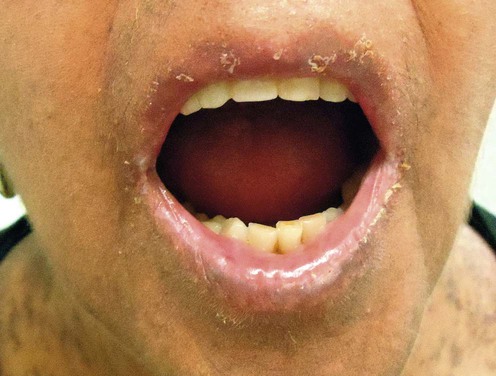Graft-versus-host disease

Get Clinical Tree app for offline access
Acute gvhd
Specific investigations

Graft-versus-host disease

Get Clinical Tree app for offline access
Acute gvhd
Specific investigations
